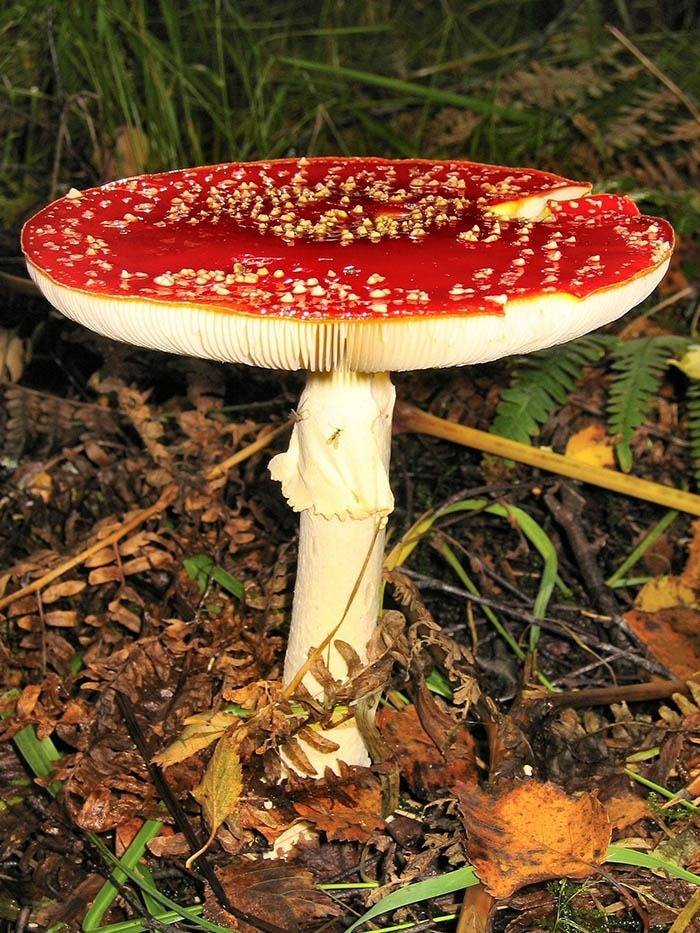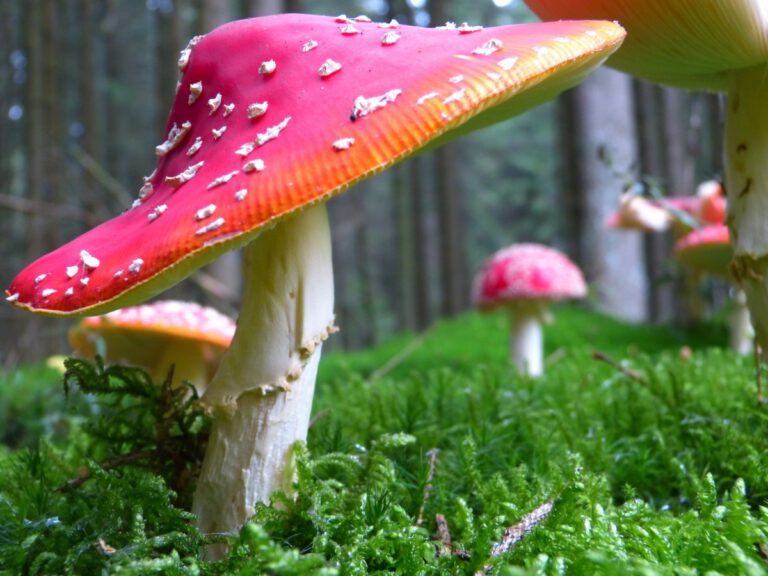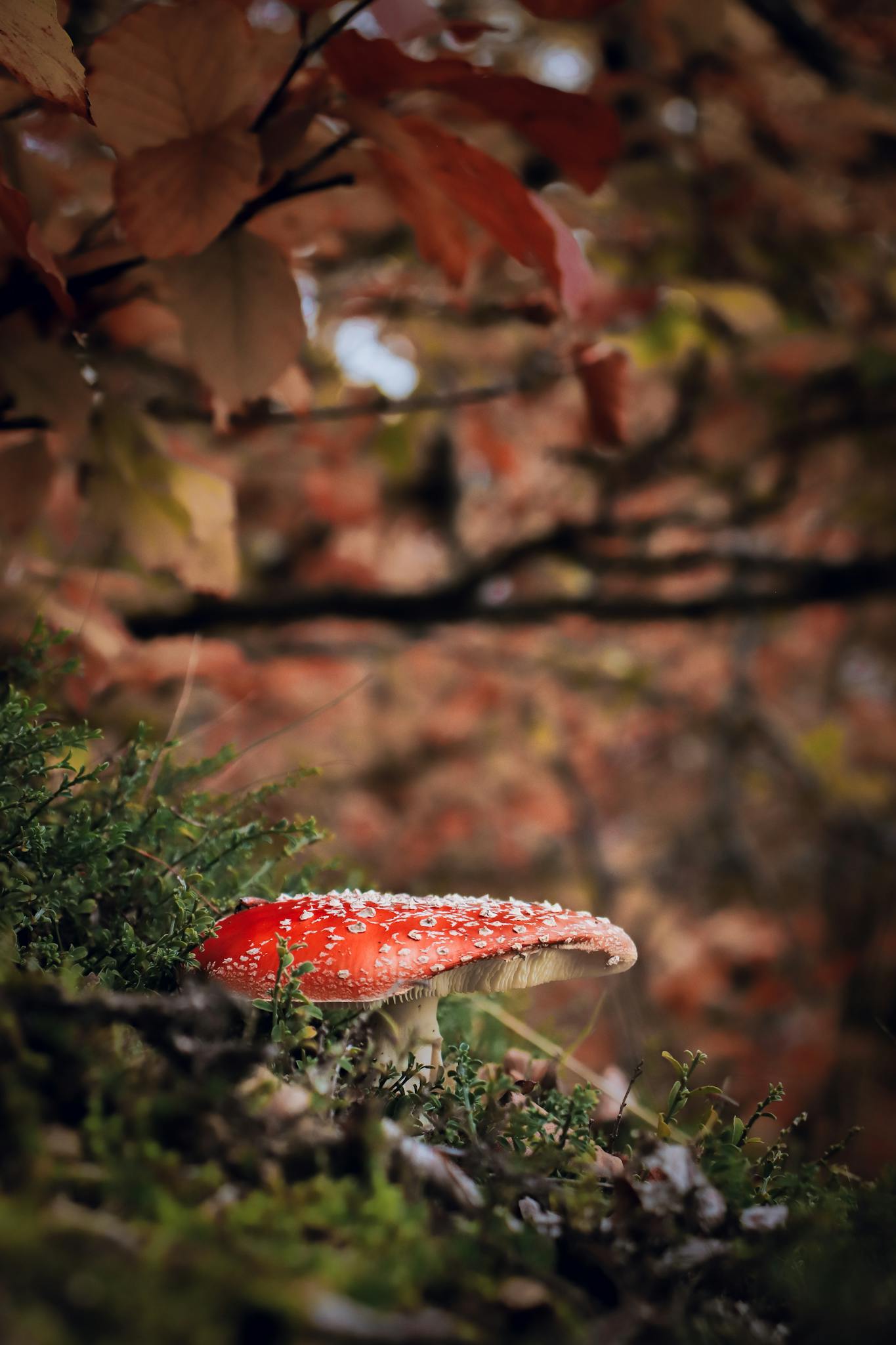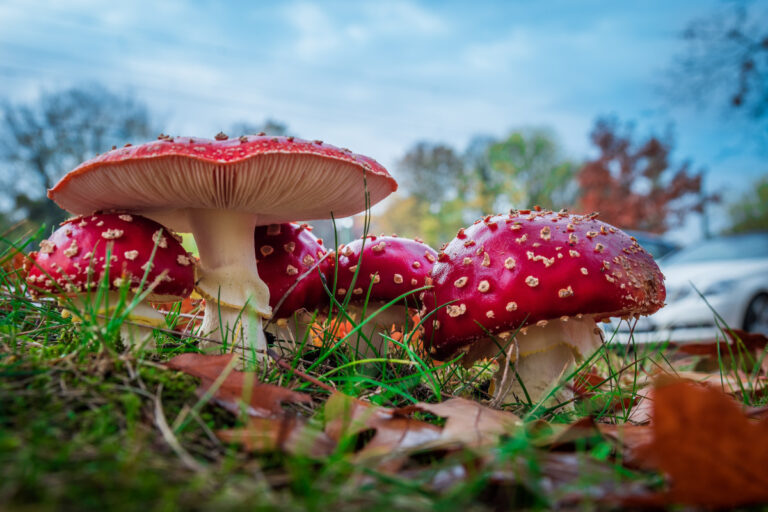A very ancient Medicine
Deep in the forests of Europe, among birch and pine, the red-capped Amanita muscaria has been a constant companion to human beings for thousands of years. Its striking appearance makes it one of the most recognizable fungi on earth, and its reputation as both a poison and a visionary plant has ensured its presence in folklore, art, and speculation since the earliest times. When we ask about its use in indigenous societies of Europe since the Stone Age, we enter a landscape where evidence, myth, and imagination intertwine.
Archaeological traces of mushrooms are fragile and rarely survive the passage of millennia, so we have no direct proof that Stone Age people consumed Amanita muscaria. Yet it is almost impossible to imagine that hunter-gatherers who knew every plant in their environment would have ignored such a dramatic and potent species. Across Eurasia, in the boreal forests stretching into Siberia, ethnographers have documented the use of fly agaric in shamanic rituals, often involving careful preparation to reduce its toxicity. The famous practice of drinking the urine of someone who had consumed the mushroom, thus filtering and softening its effects, belongs to this tradition. Given the ecological continuity between Siberia and northern Europe, many researchers suspect that prehistoric Europeans may also have experimented with the mushroom in ritual contexts, though the silence of archaeology leaves this in the realm of educated guesswork.

- What is clear is that in later centuries Amanita muscaria occupied a vivid place in European folk culture. In Germanic, Slavic, and Baltic regions, people placed pieces of the mushroom in bowls of milk to stupefy and kill flies, a practice that gave rise to the English name “fly agaric.” Folklore also associates it with remedies for joint pain and fatigue, and in some places it was used in ointments or compresses applied externally. These uses suggest an intimate familiarity: the mushroom was not an unknown danger lurking in the woods, but a recognized ally, handled with caution and respect.
Beyond practical applications, its symbolic life is immense. In fairy tales and children’s books, the red-and-white mushroom has become the very icon of the enchanted forest. Some historians propose that its place in European imagination may preserve a cultural memory of its more serious uses in distant antiquity. Theories abound: that it formed part of witches’ ointments, that it was linked to Indo-European myths of divine nectar, even that it lies behind the red and white imagery of Christmas and the flying reindeer of the North. While these claims range from plausible to fanciful, they show how the mushroom’s image has resonated through centuries of cultural expression.
What complicates the picture is the mushroom’s ambivalence. Amanita muscaria is both a poison and a medicine, both dangerous and potentially illuminating. Its psychoactive compounds, muscimol and ibotenic acid, can provoke delirium, visions, nausea, or euphoria depending on preparation and dose. To employ it with intention requires a delicate knowledge, the sort of expertise that oral traditions could preserve but written sources often miss. It may be that in prehistoric Europe this knowledge was practiced only by certain groups or shamans, and later diminished as agricultural societies turned to other intoxicants like alcohol. What survived was the aura of danger and magic, refracted into folktales, remedies, and superstition.
In reflecting on Amanita muscaria’s journey through European history, we face the limits of certainty. The mushroom has left almost no physical traces in the archaeological record, and the surviving folklore is centuries removed from the Stone Age. Yet its presence in forests, its prominence in imagination, and its well-documented role in neighboring Siberian traditions make it reasonable to believe that it was known and perhaps revered long before written history. Whether as a tool of vision, a household remedy, or a symbol of the otherworldly, the fly agaric has stood as a threshold between ordinary life and the realm of mystery. Its red cap still rises each autumn among moss and birch leaves, a reminder that even in Europe, where ancient rituals are obscured by time, nature has always offered doors to altered states and sacred wonder.





